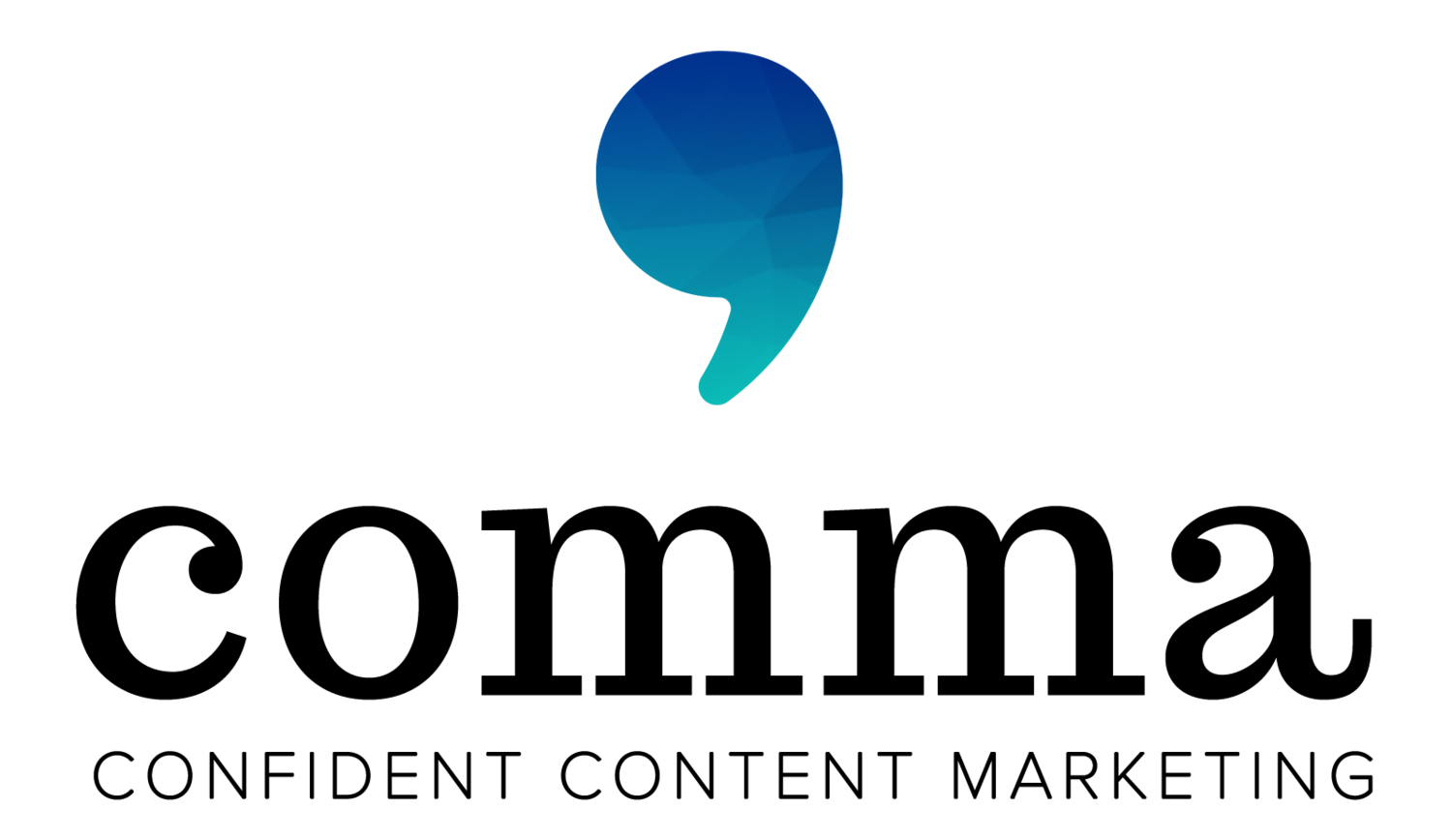Supercharge Your Content Marketing Strategy with Paid Ads
If you’ve ever Googled something and have seen an ad before the organic results, you’ve seen an internet paid ad (specifically a search ad). A brief description with a target link is displayed to a pre-defined audience. Simple enough, right?
In reality, there are several different types of paid ads and strategies to take to achieve the greatest results from your investment. For the purpose of this article, we’ll focus on internet paid ads and their role in content marketing strategies.
3 Internet Paid Ads for Marketers
Search ads: As described above, a search ad is displayed at the top of a search engine results page (SERP) such as Google or Bing. These ads allow for specific intent targeting and are displayed when someone enters a search query on a search engine. In the context of content marketing, a search ad could be used to promote a webinar that addressed the pain point of planning a digital marketing strategy for the persona of a marketing director.
Display ads: A display ad can be static with an image and text or could include a video. They appear on third-party websites to market a service or product. For example, a display ad for a content marketing agency might take shape as an infographic highlighting 2025 digital marketing trends. The agency could place this ad on an industry blog to attract their key audience.
Social media ads: This type of ad is shown on a social media platform such as TikTok or Instagram. The ad platform uses target audience data to display ads they believe will be relevant to the target audience. In this scenario, a digital marketing agency could promote a customer success story through videos showing results and testimonials.
The Algorithms Behind Paid Ads
Each of these paid ad types uses a specific algorithm to serve up ad content to target audiences. It’s helpful to have a basic understanding of how these algorithms work so you can finetune your ad content and budget effectively.
Search ads: Search ads use auction-based algorithms based on keyword matching, quality score, and ad rank. Keyword matching allows the algorithm to serve up ads that are relevant to the user's search intent. The quality score looks at the click-through rate, ad relevance to the keyword, and the landing page experience. The better your quality score, the lower your cost per click and the more effective your ad placement.
Display ads: The algorithms behind display ads look at the content of the third-party webpage to ensure ads relevant to the page are displayed. They also consider the user’s activity and behavior to increase relevance. As with search ads, the algorithm will select which ad to serve up based on the bid and relevancy.
Social media ads: Paid ads on social media are served up based on relevancy (noticing a trend, here?) and engagement. The algorithms tap into the user data stored on these platforms to determine which ads to display to who and when.
Benefits of Paid Ads in Content Distribution
So, what are the benefits of including paid ads in your content marketing strategy? Many of the advantages apply to your content distribution tactics. Ideally, you want to spend as much time (if not more) focused on distributing their content as they do creating it. Once you’ve created that high-value, conversion-focused content, use paid ads to:
Get more visitors: With paid ads, you can funnel more traffic to your content and attract new leads.
Increase awareness: Create ads around your target keywords to get more eyes on your brand and its content.
Experiment with a low cost of entry: You don’t need a huge budget to start and if you plan strategically, you can maximize your spend to meet your content goals.
Retarget: Bring leads back to your website through retargeting visitors who have already engaged with your content but haven’t converted yet.
Boost organic content: You can bid on the same keywords you’re using in your organic content to maximize your impact. This tactic allows you to increase your visibility on the SERP and fill in any gaps for organic content that is not ranking highly yet.
Mine advanced analytics: You can tap into real-time data on your ad platforms such as impressions, clicks, and conversions to gauge the effectiveness of your tactics.
Maximize Your Budget for Paid Ads
No matter where you’re using search ads, display ads, or social media ads, you’re going to face competition. You’ll be bidding against other advertisers for space, and the competition is fierce for high-intent, high-value keywords. The good news is that getting results from paid ads isn’t limited to only those with huge budgets.
Here are some best practices for maximizing your budget to generate measurable results from your paid ads:
Set your goals: What’s the purpose of running paid ads? Are you trying to generate leads, increase brand awareness, or convert existing leads? Focus on one goal at a time.
Use high-intent keywords: High-intent keywords drive conversions. The key here is to prioritize long-tail keywords that are highly specific to what your user is searching for. You can also include negative keywords to avoid targeting search terms that aren’t relevant.
Stick to your budget: It can be tempting to keep throwing money on paid ads to see what sticks, but it’s also a quick way to blow your budget with little results. Instead, determine your daily spending limits and start small to test-drive campaigns. Then, allocate more of your budget to the campaigns that are driving results.
A/B Test: Use A/B tests to determine the most effective copy, images, videos, and CTAs for your paid ads. Do the same with your landing pages.
Go where your audience is: Double down on paid ads on the platforms where your target audience is most effective. Make sure to optimize scheduling so that your ads are displayed when your audience is most active (aka dayparting).
Build lookalike audiences: You can build an audience that mimics your customer data on Facebook or Google. These lookalike audiences will maximize your reach to new users who are similar to your existing customers.
As you craft your paid ad strategy, know you don’t have to go it alone! At Comma, our team of writers and editors can help you create paid ad copy, landing pages, and supporting content that drives conversions. Schedule a 20-minute consultation today to discuss your goals and ways to supercharge your content marketing strategy.

